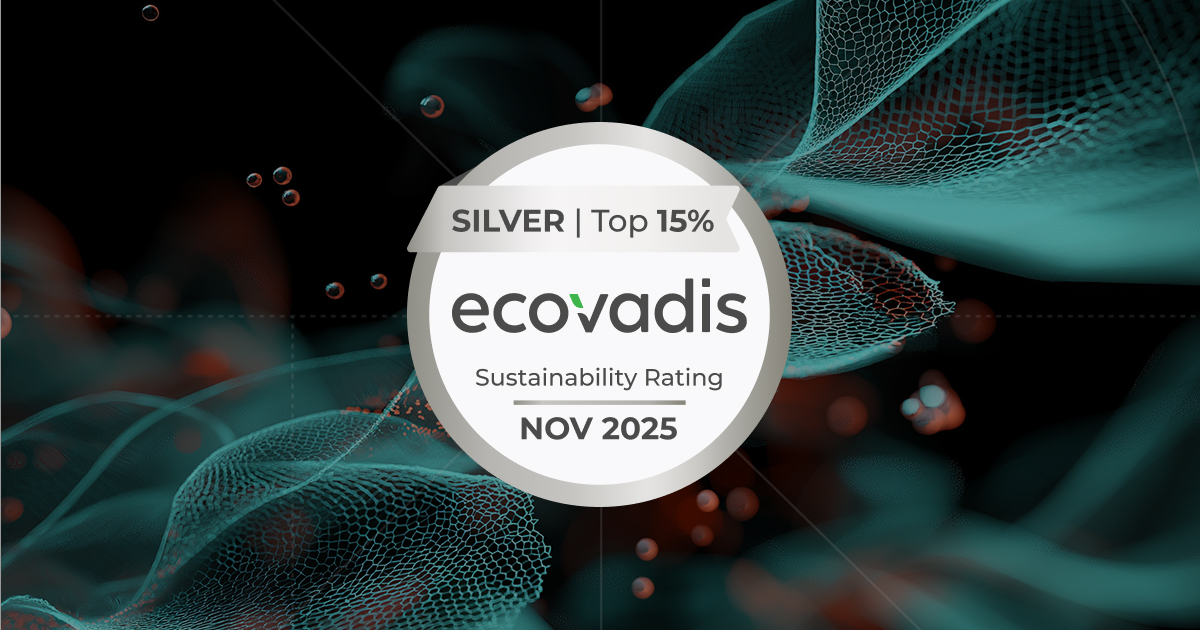What have we started doing differently? Restarting the digitization of older apartment blocks
The Domy sobe project for Veolia has discovered a lot of things. Why is it that a carpet marketing blitz sometimes doesn’t work?


Marek Faltan is the new project and marketing manager of a service that helps large apartment buildings switch to more sustainable operations and saves owners money. In the Czech Republic, there is a huge number of older apartment buildings that aren’t very energy efficient. And Domy sobe is trying to bring them into the 21st century in this respect. It does that mainly through the installation of solar panels and integration of consumption points for individual apartments into a large single one. Together with the fact that the house produces part of the energy itself, the integration also leads to lower prices of electricity. This is because the energy supplier suddenly doesn’t have to individually manage circuit breakers and electricity meters for every apartment. And that’s how the supplier reduces his cost too.
Domy sobe then provides apartments with sub-meters, for which they no longer pay. These sub-meters are connected to a wireless smart grid used to manage everything and show data in real time via a user-friendly app. The smart grid can also remotely read the data about consumption, which is something every homeowners associations (HOAs) appreciate.
Another key element of this project is installing solar panels on the roofs and connecting them directly to the house’s electricity grid. No middlemen and no additional fees needed. So, it’s about local consumption of green energy, which is a win-win for everybody. All in all, Domy sobe offers 7 upgrade options, such as smart thermostats. Suddenly a “dumb” and inefficient old apartment block becomes a smart home. More modern than most new builds.

Marek, what are apartment owners most interested in?
They are most often interested in solar power (photovoltaic cells) and integrated points of consumption. That’s because these things can probably save the most money. Moreover, remote readings are coming as a legal obligation for HOAs from 2027. That’s the year manual readings, taking pictures of meters and similar manual work ends. Everything has to be automated already.
Are you the only way to get solar panels on an old apartment block?
We’re certainly not the only ones. But we’re the only ones who can do this comprehensively. You can find a company to install photovoltaics, you can find a company to do integrated points of consumption, and you can find a company to do remote readings. But I don’t think there’s a company in the country right now that does it all together.
What have you started to do differently now?
We’ve looked at what the goal of the project is, what exactly we are to deliver to the client. We’ve looked a little bit deeper into our processes and how to set them up so that we’re able to set up the KPIs the way we need to deliver them. And the goal is to sign contracts with HOAs.
What specifically have you changed, then?
First of all, the sales process. We had to adjust it to reflect the pandemic. In order to sign a contract, you used to need people from the HOA to meet in person to vote on it. And due to the pandemic, they weren’t able to meet. They also didn’t know there is a workaround, because the pandemic law now says it can be done by circular resolutions. That means that you can vote without actually having to physically meet. And that now applies even though your HOA bylaws say that everything has to be agreed to in person. So, you can agree to it by circular resolutions — meaning by mail or by some webinar, etc. And a lot of HOAs didn’t know about this possibility.

Does that mean you educated your customers?
Yes. But not only that. The other thing was that most of the time we came to a HOA meeting with the intention to get our offer voted on. The chairmen or the board had already known our offer and they liked it. But usually what happened was that the voting meeting turned into a presentation of the project. The other members of the HOA didn’t know anything about it. So, we decided to change it and made sure that we really get to the vote at the meeting.
How did you do that?
We needed to educate every single member of that association beforehand. We created offline educational materials that explained it to them in detail. Specific savings, payback and project parameters. We presented the main parts of our service that appealed most to their chairman. It was always tailored to the specific house. It was a personalised brochure that every single person got in their mailbox together with a personalised summary on a single sheet. We also made posters, which we placed in the elevator etc.
So, you’ve refined your offer?
The offer’s the same. The change was that we presented it to every member of the HOA. Even though it’s nice that the chairman likes it and wants it, in the end it’s the whole association that has the say. And it’s only natural that owners want to make decisions about their property in the event of such an investment. And in order to do that, owners need to get to know the offer and understand it. Well, before that, a meeting like this usually degenerated into us just presenting the project and trying to convince these people. Now we present the project up front, we give people our contacts so that they can discuss the details with us. We even offer them a personal presentation of the project before the vote. We’ve done everything we can to shorten the process. Because the next membership meeting might be in six months from now. It’s all getting brutally long, and we can’t afford that. We need to deliver KPIs.
We’ve changed the marketing mix
And that’s enough?
No. The other thing was that we changed our marketing activities. We had good PR, so we invested a lot of money in offline marketing. And online was purely performance marketing on Facebook. Therefore, the lead generation was very undiversified and relied basically on one channel. Because PR is designed to educate and not to generate leads. And that’s fine, but not in the MVP stages.
If something happens on Facebook one week, and you only have 3 leads there, you have no replacement. And then that’s absolutely not enough, we need to generate about 15 leads right now. And that’s another thing, we calculated how many leads we need to generate to deliver the appropriate number of contracts. Based on that, we’ve calculated how many resources we need for online, offline and what all we want to do there.
And what channels work best for you?
For now, still Facebook, but we’ve also started using Google Ads. Regarding offline, we have a brochure ready for distribution and we also plan to hit exact locations with flyers. From decentralized marketing in the form of PR, we’ve moved into more personalized messaging that is much more targeted into specific areas. This is not a product that needs a huge brand awareness right now. We don’t need the whole country to know what Domy sobe is yet.


.webp)










%20(1).jpg)































































